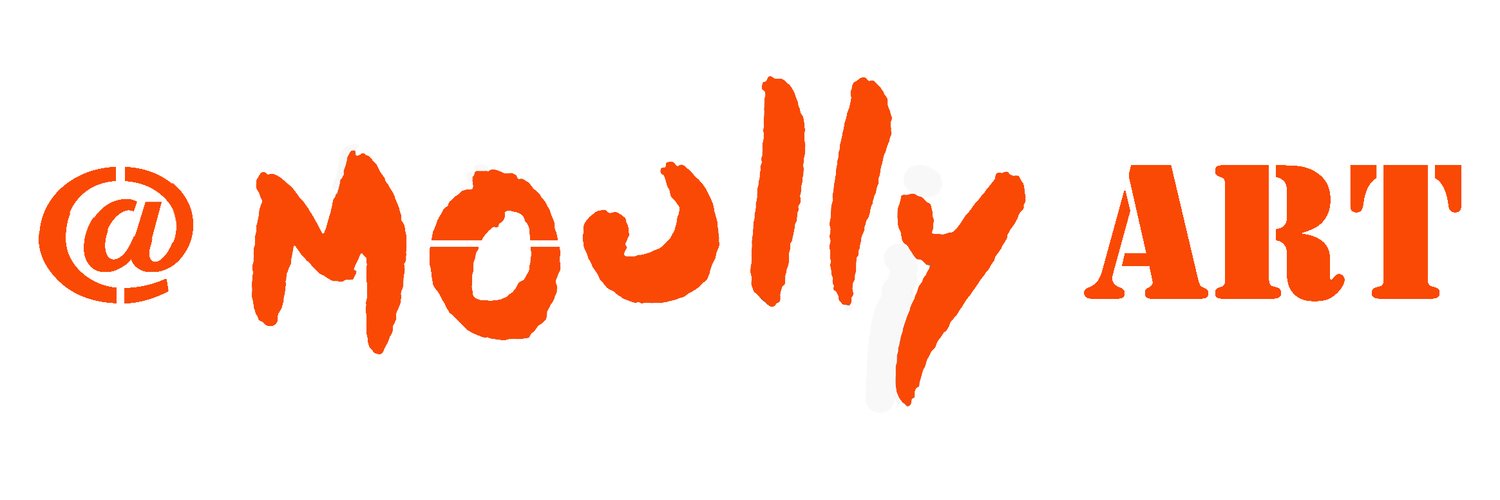‘Pop Art Rabbi’ Works Showcased at Chevra Gallery
In the summer of 2016, took over teens’ smartphones, as they walked around to various neighborhood spots on a quest to catch ’em all.
The augmented reality setting of the app inspired Rabbi Yitzchok Moully to create his own app, though he searched for spirituality instead of Pokemon.
“Spirituality is here, it’s all around us but we don’t see it. You have to have the right glasses on, so to speak,” Moully explained. “When Pokemon Go came and went, I looked at it and it hit me: This is a great language, a prism through which we can see spirituality.”
Starting Jan. 11 through early February, his exhibition Visualizing Spirituality will be on display at the Chevra Gallery, a project at The Chevra’s Center City headquarters. Viewers can download his Moully Arts app on their iPhones and see spirituality literally explode on their screens.
Two pieces are set up side-by-side of the same object, such as a Torah scroll or Shabbat candles. One is set on a blank canvas, the other is the finished piece. Through the app, the viewer can see how Moully visualizes the spiritual energy that comes as a result of performing mitzvot.
“The idea is when moshiach comes, when there will be a full revelation of godliness and spirituality, then we’ll get to see the reactions of mitzvot,” explained Moully, who lives in Hillside, N.J. “Right now, we’re in the dark, and through the app we get a sneak peek of it.”
Curator Jocelyn Firth was working on the exhibition during the month of Kislev, which invokes themes of light and color.
“The Chevra Gallery gives us an opportunity to show work that is both visually and spiritually enlightening,” Firth said. “Looking at the month of Kislev and themes around color, light and generating light out of darkness, Rabbi Moully’s work was a natural and inspiring choice for this exhibition.”
The app allows viewers to truly immerse themselves in the work that Moully created and how it fits into how we view art today.
“Having an interactive exhibition where people are downloading an app and using it while they look at the artwork connects us to … the new art history around technology and the dialogue and evolution of art and technology,” Firth said.
“When people begin to experience Jewish arts and culture to the point where it captures their imagination and they begin to express themselves through their own expressions of arts and culture to a point where it’s on par with mainstream arts and culture, at that point we know we’ve done our job,” added Aryeh Shalom, Chevra chief creative officer and co-founder.
Moully grew up a “child of hippies” in Darwin, Australia — not the typical place for a Chasidic family, he observed with a laugh.
He became a youth rabbi at a Chabad center in Basking Ridge, N.J., and expressed himself creatively through photography and painting. One night, he discovered the process of silk screening with photography.
His first piece took him a year, “because I really didn’t know what I was doing.”
“I kind of say God and Google led me to where I am,” he said.
He began working more with the medium and was featured in local galleries. However, he began to wonder if he shouldn’t be painting and if he was neglecting his rabbinic duties. When he asked his rabbi if he should stop, his rabbi told him he was asking the wrong question.
“The question is, how can you take the gift God gave you and impact the world in a positive way?” Moully remembered his rabbi saying. This helped him turn to becoming a creative — he doesn’t call himself an artist — and stepping away from his role as a youth rabbi.
But his rabbinic duties endure, as he dubbed himself the “Pop Art Rabbi.”
He’s created works resembling the Jewish version of Andy Warhol’s art, except instead of rows of multicolored Marilyn Monroes, Moully’s works have multicolored dreidels or hamantaschen.
With the augmented reality pieces, he’s moved away from pop art, but strives to imbue his works with as much color as possible.
“I just love color. I’ve been wearing orange socks since well before my wedding — I wore orange socks at my wedding,” he laughed. (He also has a piece titled “Orange Socks.”) “I’ve played with some darker concepts and darker ideas … but I like to focus on the joy, on the energy, on the positivity of life, of Judaism, and color does that very well.”
His goal for his works, which were highlighted at the Jerusalem Biennale, is to invite dialogue.
“I’m not looking to create pretty art. I’m not looking to create the elevator music of Jewish art,” he laughed. “I want to engage, I want to make Judaism relevant to the young crowd. … It can create dialogue, and it can create an opportunity for people to connect in a different way.”

